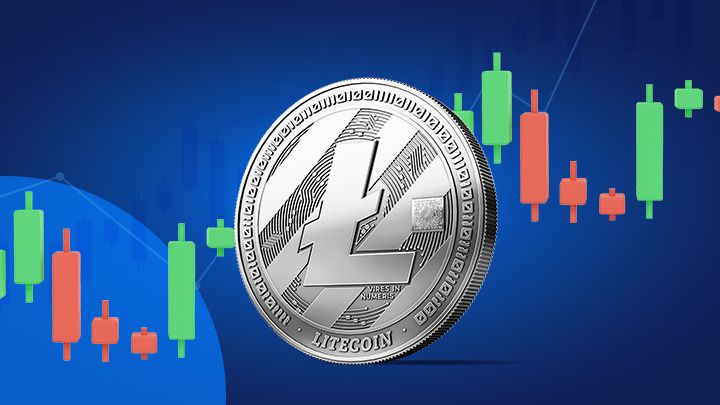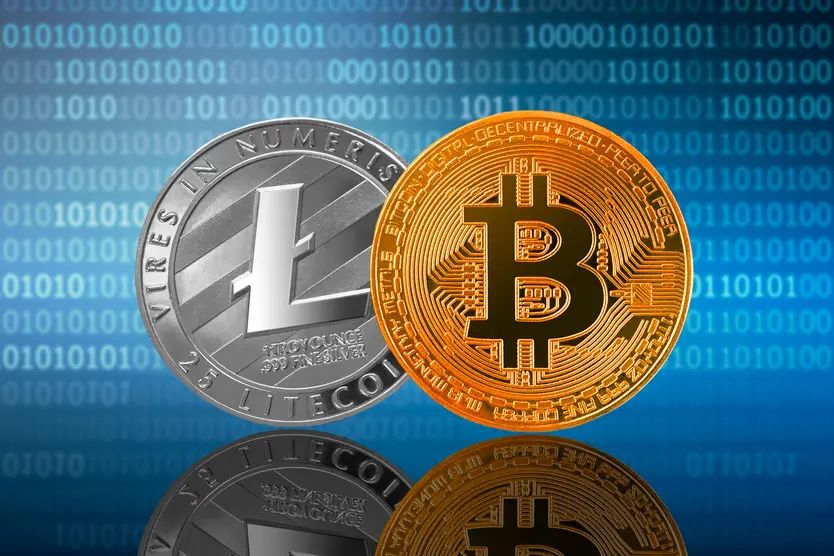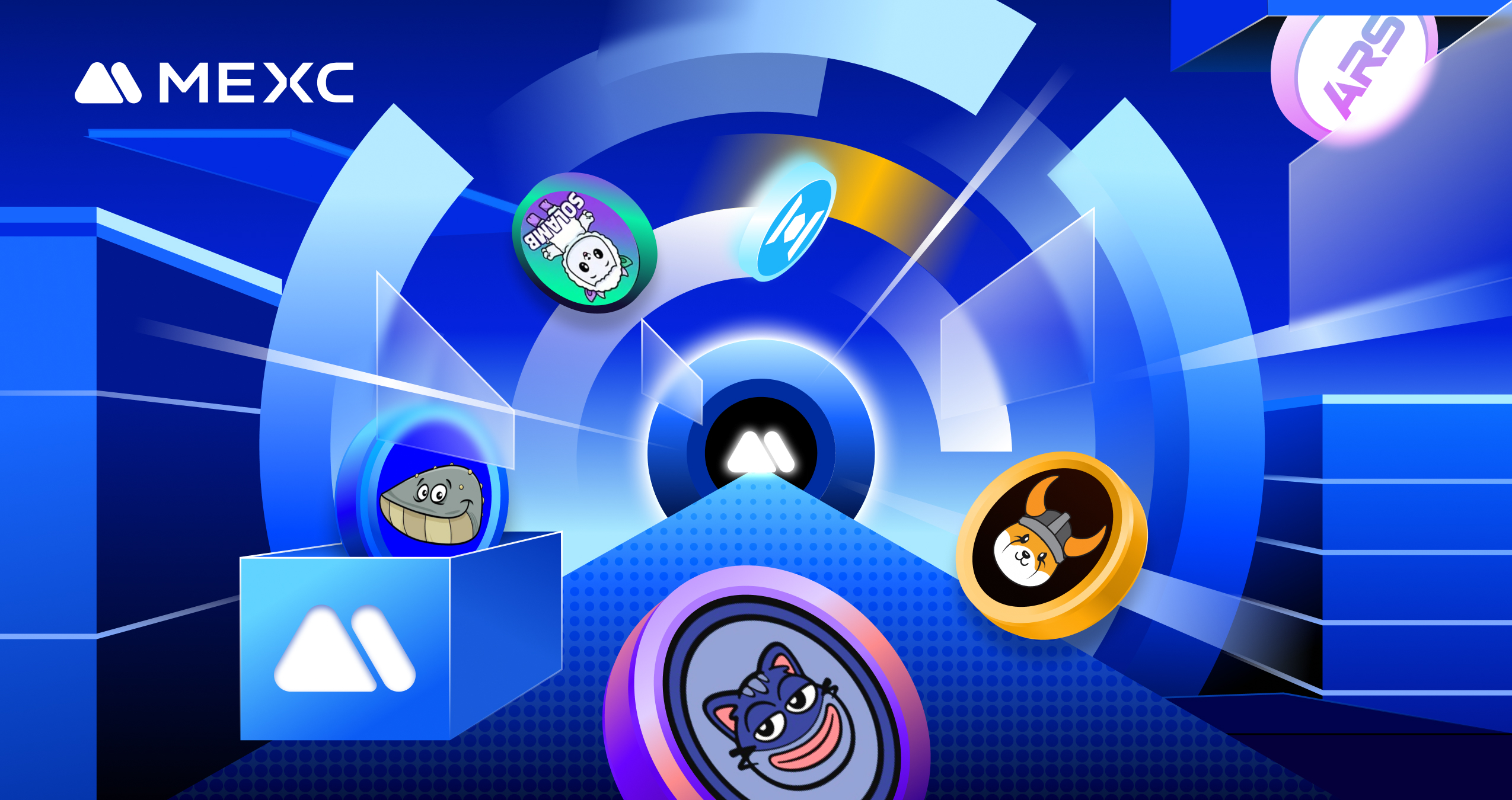Introduction
Cryptocurrencies have long been an integral part of the financial world, and one of the most well-known among them is Litecoin (Litecoin, LTC). Created in 2011 by Charlie Lee as the “light version of Bitcoin”, Litecoin quickly gained popularity due to its speed, low fees, and ease of use. Today, LTC holds a strong position among the top cryptocurrencies, remaining a sought-after tool for investors, traders, and users who value fast and inexpensive transactions.
If you want to understand the features of Litecoin, learn about the current price forecast for 2025, understand how its mining works, where to store coins, and how to buy them, this article is for you. We will also discuss how the Litecoin network is developing under the influence of halvings and where to track the latest news. And if you’re looking for a reliable platform to trade LTC, check out the cryptocurrency exchange MEXC — one of the leading platforms with low commissions and wide functionality.
Let’s dive into the world of Litecoin and analyze all the key aspects of this cryptocurrency!

What is Litecoin?
Litecoin is a decentralized peer-to-peer cryptocurrency with open-source code, created as a fork of Bitcoin. Its founder, Charlie Lee, a former Google engineer, launched the project on October 13, 2011, with the aim of solving some of Bitcoin’s drawbacks, such as slow transactions and high fees. Litecoin is often referred to as “silver” in the cryptocurrency world, with Bitcoin being “gold”.

Key features of Litecoin:
- Maximum supply: 84 million LTC (four times more than Bitcoin’s 21 million).
- Block generation time: 2.5 minutes (compared to 10 minutes for BTC), making transactions faster.
- Mining algorithm: Scrypt, requiring more RAM than Bitcoin’s SHA-256.
- Proof-of-Work (PoW): like BTC, LTC uses a consensus mechanism based on computational power.
Litecoin was one of the first alternative cryptocurrencies (altcoins) that emerged after Bitcoin. Its main goal is to provide users with a fast and affordable way to make payments. With the implementation of technologies such as SegWit (Segregated Witness) and support for the Lightning Network, the LTC network remains relevant and competitive even more than a decade after its launch.
At the time of writing this article (April 2025), Litecoin ranks in the top 25 cryptocurrencies by market capitalization, which confirms its resilience and demand. But what does the future hold for LTC? Let’s move on to the price forecasts.
Price Forecast
The price of Litecoin, like any other cryptocurrency, depends on many factors: market trends, macroeconomic situations, news, and technical upgrades. As of April 2025, the price of LTC fluctuates around $70–75 (according to CoinMarketCap), which is below its historical peak of $420 reached in December 2017. However, many analysts believe that Litecoin has growth potential, especially considering its fundamental advantages.
Historically, LTC has shown correlation with Bitcoin: when BTC rises, Litecoin often follows. After the halving in 2023 (which we will discuss later), the price of LTC showed moderate growth, but did not reach the expected $200–300 for many. This is due to the overall stagnation of the crypto market in 2024. Nevertheless, experts predict that the situation may change in 2025.
Forecasts for 2025 vary depending on the analysts’ approach:
- Optimistic scenario: If Bitcoin continues to rise after its halving in 2024 and reaches $100,000, Litecoin may rise to $150–$200. This is due to the historical dependence of LTC on BTC and the expected influx of capital into the crypto sphere.
- Moderate forecast: In a stable market, the price of LTC may stabilize in the range of $90–$120, making it an attractive asset for long-term investors.
- Pessimistic scenario: In the event of a global economic downturn or tightening regulation of cryptocurrencies, LTC may fall to $50–$60.
Key factors influencing the price of Litecoin in 2025:
- Bitcoin halving: The reduction in BTC issuance traditionally triggers increased interest in altcoins, including LTC.
- Adoption of technologies: The integration of the Lightning Network and partnerships with payment systems may increase demand for LTC.
- Regulation: Positive changes in legislation (for example, in the USA under the leadership of the “crypto president” Donald Trump) could stimulate the market.
Trading Litecoin on the crypto exchange MEXC allows you to put these forecasts into practice. The platform offers low fees, high liquidity, and tools for spot and futures trading, making it ideal for working with LTC.
Mining and Network Difficulty
Mining Litecoin is the process of confirming transactions and adding new blocks to the blockchain using computational power. Unlike Bitcoin, which uses SHA-256, Litecoin uses the Scrypt algorithm. This algorithm was designed to make mining more accessible to ordinary users with consumer hardware (CPU and GPU), rather than just for major players with ASIC devices.
However, with the growing popularity of LTC, mining has become more competitive. Today, ASIC miners such as the Antminer L7 are used for efficient Litecoin mining, providing high performance with relatively low energy consumption.
The current block reward (as of April 2025) is 6.25 LTC, which is half of what it was before the halving in 2023. The network difficulty is automatically adjusted every 2016 blocks (approximately every 3.5 days) to keep the block generation time at around 2.5 minutes.
Network Difficulty and Profitability
The difficulty of Litecoin mining directly depends on the total computational power of the network (hashrate). In 2025, the LTC hashrate continues to grow, making mining less profitable for small miners. To assess profitability, it is important to consider:
- Electricity cost (on average $0.10–$0.15 per kWh).
- The price of LTC in the market.
- Equipment costs.
At the time of writing, Litecoin mining remains profitable only for large pools or users with access to cheap electricity. If you want to try mining, join pools like Litecoinpool.org, where participants’ resources are combined to increase the chances of receiving a reward.
Wallets and Transactions
To store LTC, you’ll need a reliable wallet. Here are the main types of wallets and recommendations for choosing:
- Hardware wallets (Ledger Nano S, Trezor): the safest options for long-term storage. They protect your private keys from hackers.
- Software wallets (Electrum-LTC, Litecoin Core): suitable for active use. Litecoin Core is the official wallet, but it requires downloading the entire blockchain (about 50 GB by 2025).
- Mobile wallets (Trust Wallet, Coinomi): convenient for everyday transactions.
- Exchange wallets (e.g., MEXC): ideal for trading, but not recommended for storing large amounts due to hacking risks.
When choosing a wallet, consider your goals: security, convenience, or quick access to trading.
One of the main advantages of Litecoin is its transaction speed. With a block time of 2.5 minutes, confirmation takes an average of 5–10 minutes, which is four times faster than Bitcoin. Support for SegWit and the Lightning Network further accelerates the process and reduces the load on the network.
Transaction fees in the LTC network remain minimal — typically $0.001–$0.005, even during high activity. This makes Litecoin ideal for micropayments and daily transactions. For example, sending 1 LTC from a wallet to MEXC will cost less than a cup of coffee!
Exchange and Purchase
Litecoin can be purchased in several ways:
- Cryptocurrency exchanges: The most popular option. On MEXC, you can buy LTC for fiat (USD, EUR) or exchange it for other cryptocurrencies (BTC, USDT). The process is simple: register, fund your account, and choose a trading pair, for example LTC/USDT.
- Exchanges: Services like Changelly or BestChange allow you to quickly exchange fiat or other cryptocurrencies for LTC.
- P2P platforms: Buying directly from other users through Binance P2P or LocalBitcoins.
MEXC stands out among competitors due to:
- Low trading fees (0.02% for makers and 0.06% for takers).
- High liquidity for LTC pairs.
- Daily promotions and bonuses for new users.
To buy Litecoin on MEXC:
- Create an account and complete the verification (KYC).
- Top up your balance via bank card, transfer, or cryptocurrency.
- Go to the “Trading” section and select the desired pair.
- Specify the amount and confirm the purchase.
Network and halving
The Litecoin network is a decentralized blockchain that ensures the security and transparency of transactions. It operates on a Proof-of-Work principle, where miners compete to add blocks. Thanks to the Scrypt algorithm and SegWit support, the LTC network remains resilient to attacks and scalable.
In 2022, Litecoin implemented the MWEB (MimbleWimble Extension Block) update, adding optional transaction privacy. This increased the appeal of LTC for users who value anonymity.
Halving is an event that reduces the mining reward by half every 840,000 blocks (approximately every 4 years). As of April 2025, there have been three halvings:
- 2015: from 50 to 25 LTC.
- 2019: from 25 to 12.5 LTC.
- 2023: from 12.5 to 6.25 LTC.
The next halving is expected in 2027. Historically, halvings have led to an increase in the price of LTC 6–12 months before the event, as the reduction in issuance decreases supply. For example, before the 2023 halving, the price increased by 15% over several months, although a correction followed.
Halving affects miners: the decrease in rewards forces small participants to leave the network, which can lead to centralization. However, for investors, this is a buy signal, as coin scarcity often stimulates demand.
News and Resources
To stay updated, follow Litecoin news:
- CoinMarketCap and CoinGecko: up-to-date data on price and trading volumes.
- Twitter/X: official account @Litecoin and posts by Charlie Lee (@SatoshiLite).
- MEXC Blog: market analysis and reviews, including LTC.
In 2025, key themes may include new partnerships, integration with payment systems, and the influence of Trump’s policies on the crypto industry.
Useful websites:
- Litecoin.org: the official website of the project. Here you will find information about the network, wallets, and updates.
- Litecoinpool.org: one of the oldest mining pools for LTC. Suitable for those who want to mine coins collectively.
Verification and Tracking
To verify transactions and track LTC, use:
- Blockchain explorers: Litecoin Block Explorer (explorer.litecoin.net) or Blockchain Explorer allow you to view the status of transactions by hash.
- MEXC: In the “Transaction History” section, you can track all transactions with LTC on the exchange.
- Wallets: Most wallets show the status of sending and receiving coins in real-time.
If you want to ensure the security of your assets, regularly check your balance and use two-factor authentication (2FA) on exchanges and wallets.
Conclusion
Litecoin remains one of the most reliable and practical cryptocurrencies in 2025. Its speed, low fees, and stable network make LTC attractive for both payments and investments. The price forecast for 2025 depends on many factors, but with the right approach, Litecoin can become part of your portfolio.
The MEXC exchange offers all the tools for working with LTC: from buying and exchanging to trading with minimal fees. Register on MEXC today to start your journey into the world of Litecoin and other cryptocurrencies!
Join MEXC and Get up to $10,000 Bonus!
Sign Up

